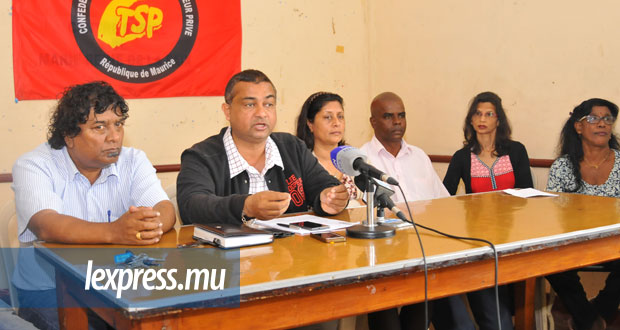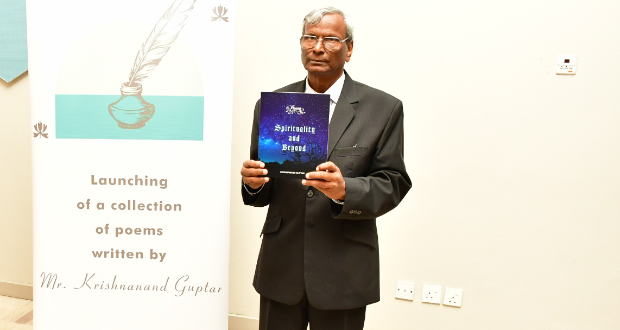Publicité
Amendments to the Road Traffic Act, yet again!
Par
Partager cet article
Amendments to the Road Traffic Act, yet again!

Some more amendments to our Road Traffic Act are in the pipeline. Am I surprised? Not at all… Last amendments (traffic-related-offenses) were in 2018, and before that in 2016 & 2015. I’ll bet you there’ll be yet more amendments (and still more repressive) a couple of years down the line. Why? Because the way the ‘’problems’’ have been/are being tackled, we’ll be needing a bigger hammer (higher penalties/fines, tighter regulations) to drive in the nail (in our heads or in the coffin!?).
Also, have you noticed that (few months) after each set of amendments, the authorities come tell us that the situation has improved following the latest amendments? Their figures don’t lie, the situation does improve (in the short-term), but only to get worse afterwards! The very need to amend the Road Traffic Act, again and again, is evidence enough of the failure of the previous actions taken (however well intentioned) to curb the number of fatal accidents on our roads.
What I’ve mentioned above (‘’need for a bigger hammer’’ & ‘’situation getting better before it gets worse’’) are typical of systems, be they closed or open (mechanistic, organismic, societal, political, environmental). Systems, especially complex systems (such as a road-traffic system), behave and respond to interventions (the amendments) in ways that are non-linear, i.e., there are no direct cause-effect relationships. Instead, due to the multiplicity and the level of connectivity (interrelationships) of the elements of the system (traffic density, infrastructure, regulations, road conditions, road-users, types & number of vehicles, time-of-day, weather conditions, level of education & training, fatigue & stress factors, social & economic factors, maintenance & security aspects, & related patterns), the result of any intervention is the product of the interactions of these elements in time & space, rather than their sum. There can never be a one-solution or piece-meal approach (be it repressive or something else) to such a complex problem (‘’Road-Traffic-Safety’’). You’ll notice that I haven’t termed ‘’Number of Accidents’’ or ‘’Number of Deaths on the Road’’ as the problem – these are in fact the symptoms of the problem, and as long as we continue to address the symptoms rather than the (complex) problem itself, we will fail to find long-lasting solutions to it. It’s high time for us all to realize that our alarming situation today (number of accidents & fatalities on the road) can only be the result of our reductionist approach to such a complex problem. So, enough of this way of doing which addresses only the symptoms of the problem, and let’s rather embrace a multi-dimensional/multi-perspectival approach that will tackle the problem itself! And since systemic cause & effect are not related in time & space, effective results will only show after some time, maybe years even, hence the urgency to initiate this right away.
This multi-perspectival approach is a key feature of Critical Systems Thinking, in which all the stakeholders (road users - including pedestrians, the police, instructors & educators, engineers & technicians, statisticians, social & economic actors, regulators & law-makers, the media, behavioral psychologists, vehicle representatives, road-safety professionals, environmental experts, critical systems thinkers) in this complex system will have their say, hence they will all be part of the long-term solution we are seeking. This is not just a matter of having a round-table discussion and one person/authority deciding it all. All views & ideas expressed must be validated (must make sense) and integrated in the final solution, which would be multi-dimensional/multi-phased.
For example, the behavioral psychologists would provide a comprehensive non-repressive-plan about how to positively influence the behavior of road-users under different conditions, based on their observations and experience. The police would provide meaningful insights into how to better enforce regulations consistently (as opposed to having tight regulations but loose controls). The road-safety professionals, engineers & technicians would advise on how to make the road-infrastructure safer for the different types of users. Statisticians would provide turn road-accidents-data into meaningful statistical tools. Vehicle (including wheelers) representatives would propose a more appropriate vehicle-fitness & adaptability checklist. Regulators & law-makers would assess the holistic suitability of existing regulations and propose necessary adjustments in an integrated manner. Educators & instructors would come up with ways to make road-safety learning, driving lessons and tests more effective. Social & economic actors would place emphasis on the social & economic aspects which influence road-users. The media would certainly show how it could participate more pro-actively in awareness and propagation campaigns to support & reinforce positive actions. The environment experts would propose accompanying carbon-footprint reduction measures. The road-users (drivers, bikers, pedestrians) would definitely have a lot to say and their perspectives matter a lot, as they are the victims in the first place. Their views would be so varied, maybe even contradictory, that the situation could be seen as chaotic, but a Critical Systems Thinker would recognize patterns in it.
The short/medium/long-term implications and effectiveness of each proposed phased implementation of the holistic solution must be pre-emptively assessed: How would the complex system behave & respond to the interactions? What could be the unintended consequences of such interactions? Would they be sustainable & how would resistance to changes in the system be overcome? What are be the leverages within the system that could be triggered for systemic gains? What would be the impact on our environment of such interactions?
It is clear by now that there are no quick-fix solutions to this complex ‘’Road-Traffic-Safety’’ problem, that the solution will have to be holistic and multi-dimensional and that it would take quite some time to get the desired results (however, progress and intermediate achievements will have to be monitored; the long-term solution may even require some adjustments in time, depending on the evolution of the situation). Above all, it will have to be participative, collaborative, non-repressive and sustainable in time and space, and also it should fit in our medium to long-term plans to reduce our dependency on non-renewable fuels to achieve our carbon-footprint reduction target.
To conclude, ‘’Synchronization engenders Success”: by coming together on this complex problem, with our collective intelligence and sense-making, and striving in a synchronized way (effective collaboration with a common purpose) we should be able to overcome it sustainably.






